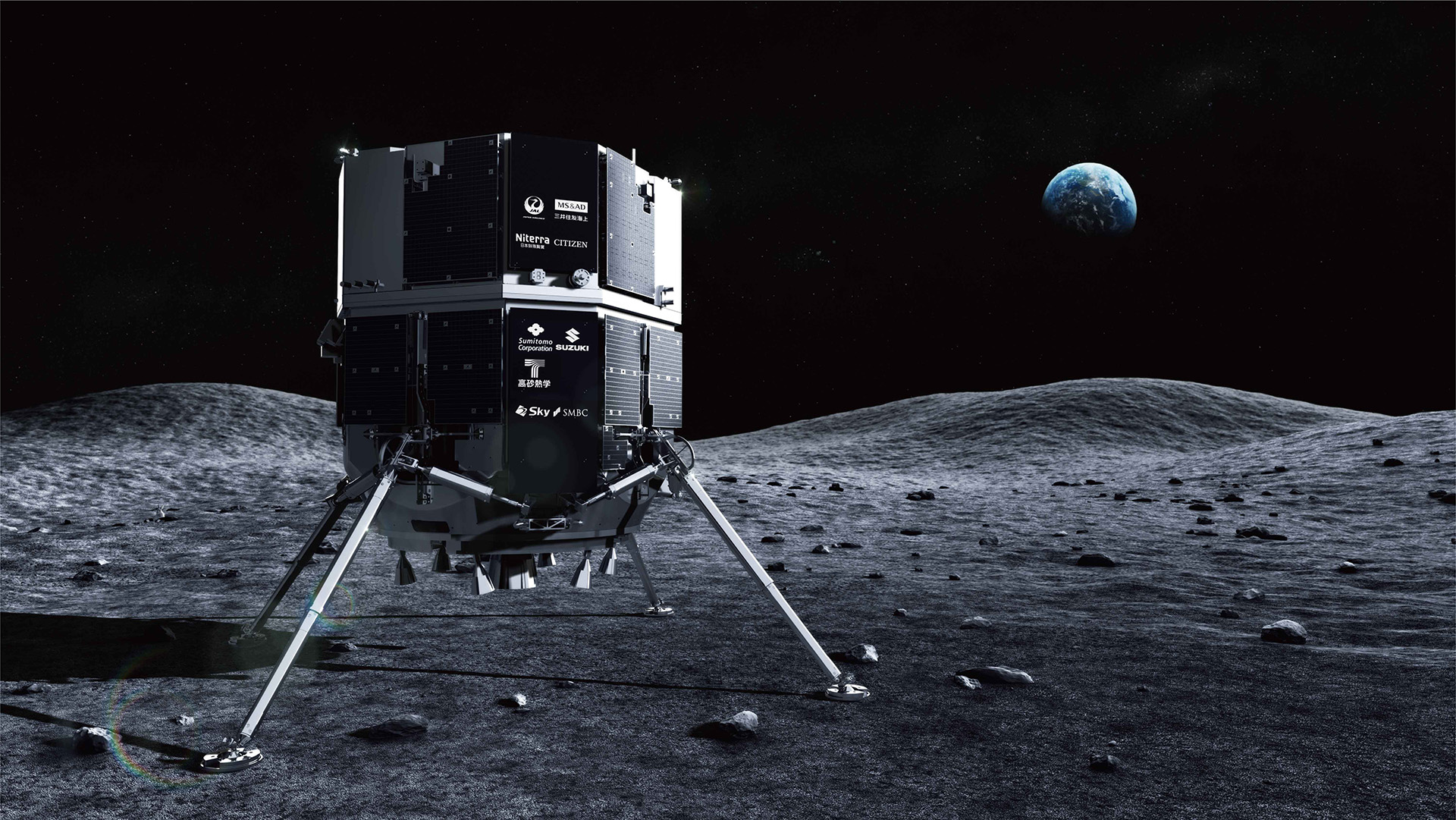Because the Japanese ispace will make NASA wait with its lunar mission

After the first failed moon landing attempt of its Hakuto -R lander last April, the Japanese startup ispace is now delaying the mission commissioned by NASA to 2026 (instead of the expected 2025)
The mission of ispace, the Japanese lunar transport startup, for NASA has been postponed by a year.
The Tokyo-based Japanese company said it would postpone a future lunar landing mission by a year to 2026 to review a payload commissioned by the U.S. space agency, along with delays in the supply of components.
Last April, ispace was attempting to become the first private venture to land a spacecraft safely on the Moon. The craft was launched by a SpaceX rocket in December and took five months to reach its destination. It had begun a controlled descent to its surface when the company said it lost communication with Hakuto-R moments before it touched down at around 6.40pm on Tuesday 25 April. The Japanese start-up's attempt to become the first private company to place a lander on the Moon thus failed.
However, the company added in its investor disclosure yesterday that there are no changes to its second mission launch plans in 2024.
All the details.
WHAT HAPPENED TO THE HAKUTO-R LANDER
Hakuto-R was the first mission of ispace's Hakuto program, which takes its name from the white rabbit that according to Japanese mythology lives on the Moon.
Japan's ispace said on April 26 that its attempt to make the first private moon landing had failed after it lost contact with its Hakuto-R Mission 1 lander when it unexpectedly accelerated and possibly crashed into the lunar surface.
CEO Takeshi Hakamada later stated that, although he did not expect to complete the mission, the company had "fully realized the significance of this mission, having acquired a large amount of data and experience by being able to execute the landing phase." The lander has completed eight out of 10 mission objectives in space which will provide valuable data for the next landing attempt in 2024, according to Hakamada.
THE DIFFICULTIES OF PRIVATE COMPANIES IN REACHING THE LUNAR SOIL
In addition to bringing a privately-built vehicle to the Moon for the first time, the mission could also have made Japan the fourth nation to successfully land on the Moon, after the United States, the former Soviet Union and China. The fourth country to join the exclusive club is India: on August 23, the most populous country in the world made history with the moon landing of its Chandrayaan-3 probe with the aim of collecting scientific data on the Moon. The Chandrayaan-3 mission "successfully carried out a soft moon landing", the Indian Space Research Organization (Isro) had announced on the X social network.
Returning to private enterprise, in 2019, Israel's Beresheet mission became the first attempt by a private company to land on the Moon. His spacecraft managed to orbit the Moon but was lost during the landing attempt.
THE OBJECTIVE (MISSED FOR NOW) OF THE JAPANESE MISSION
However, as the BBC pointed out, the main objective of the Japanese mission was to evaluate the feasibility of commercial launches to the lunar surface. It was iSpace's first test of what they hope will be a series of commercial landers in the coming years, each more ambitious than the last.
THE NEXT STEPS
So now Japanese lunar transport startup ispace has announced it will postpone a future lunar landing mission by a year to 2026 to re-test a NASA-commissioned payload, along with component supply delays.
According to original plans, from 2025 ispace would collaborate with the US space laboratory Draper to bring NASA payloads to the moon, with the aim of building a permanently staffed lunar colony by 2040.
There are no changes to the launch schedule for ispace's second mission in 2024, but missions following the delayed third mission may be postponed, the company added.
Speaking after the delay was announced, CEO Hakamada told a news conference that the scientific equipment that NASA commissioned ispace to take to the moon turned out to require a higher standard of vibration absorption.
ispace's U.S. unit, which has partnered with spacecraft software developer Draper to build lunar landers, has also encountered delays in sourcing some parts, Hakamada said.
This is a machine translation from Italian language of a post published on Start Magazine at the URL https://www.startmag.it/innovazione/perche-la-giapponese-ispace-fara-aspettare-la-nasa-con-la-sua-missione-lunare/ on Fri, 29 Sep 2023 04:12:54 +0000.
